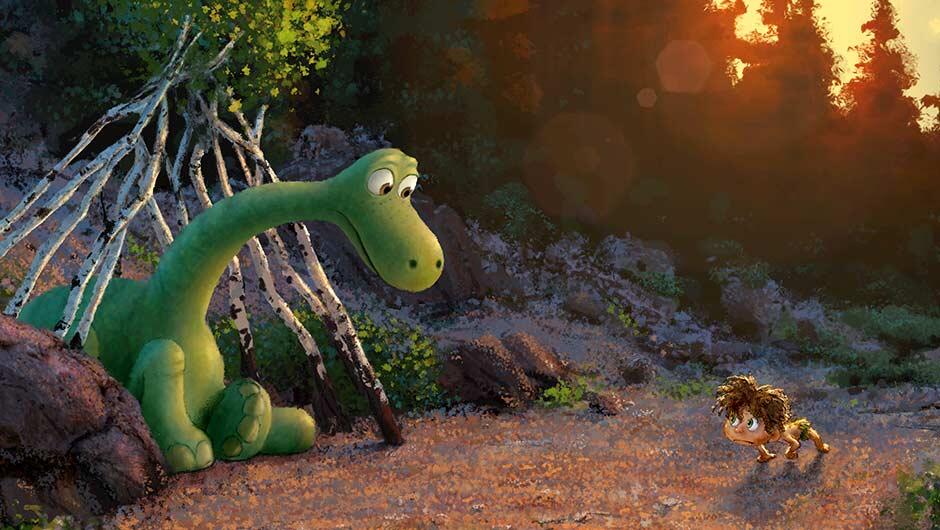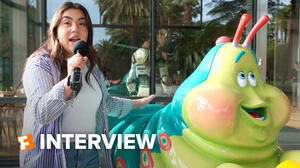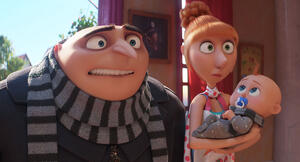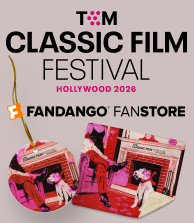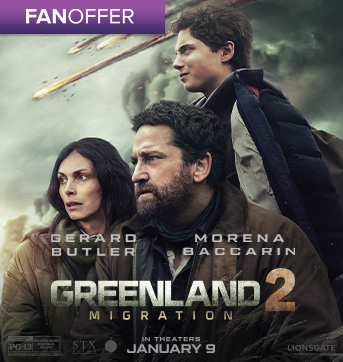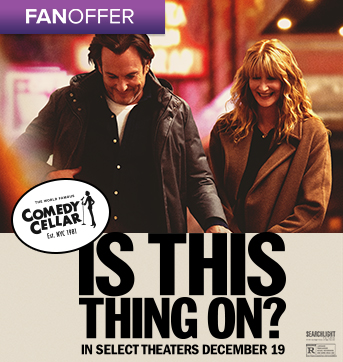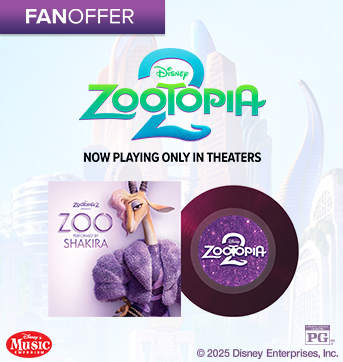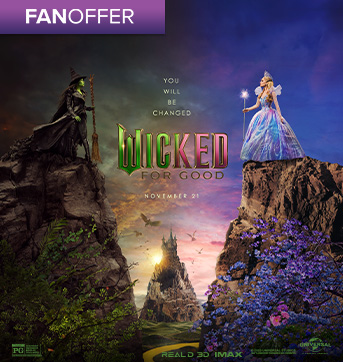Want to know a Pixar secret? Prior to nearly every animated film the studio makes, the production crew goes on a researching adventure to locales all around the world to find inspiration. For The Good Dinosaur, they headed west, starting in Wyoming. To find out more about how they developed the look and feel of this expansive dino tale, check out this exclusive featurette from Pixar.
Purchase Advance Tickets now for The Good Dinosaur, which opens November 25.
Learn more about the Pixar The Good Dinosaur research trip with these exclusive images provided by the studio.

Director Peter Sohn
Pixar director Peter Sohn is a self-proclaimed city slicker, but to get the look and feel he wanted for The Good Dinosaur, he headed for the scenic wonders of the American West and took his production team with him. “You know, this trip kind of changed my life,” he admitted.
While this new offering from Pixar is essentially a buddy movie about a dinosaur and a prehistoric boy, with the dino taking the lead, there’s also a third scene-stealing character, the lush and stunning landscapes that the Pixar artists created. To be able to accurately craft this world, the director, producer, art-and-effects teams explored the valleys of Wyoming, rode the rapids of the American River and galloped alongside real cowboys in rural Oregon. Here’s an exclusive look at some photos showing what they discovered.
In the Western Tradition: In October 2013, native New Yorker Sohn found himself on horseback, exploring the valleys of Wyoming. He had never been to that part of the country, but he was inspired by Westerns he had seen as a kid, including Shane, which was shot in Wyoming in the Teton Valley.
The Good Dinosaur starts off in a rural locale similar to what they found in the Teton Valley. Although the vistas were gorgeous, the people they encountered were equally compelling. For example, there were Melissa and Ramsey, two women who served as their guides. “They were both badasses," Sohn recalled. "One of our T.rexes (in the film) is named Ramsey and she was inspired by this cowgirl that was with us. It was her, her horse and her dog, a saw, a gun and that’s it. She would just be living out on her own in Colorado from months on end.”

"Let’s go and see a working ranch." That was the idea behind their trip to Oregon, Sohn explained. That’s because in the movie, the T.rex characters are cattle ranchers who spend their days herding cows. The carnivorous dinos are voiced by actors including Anna Paquin and Sam Elliot. They were inspired by a real family the crew encountered. “When we first got up there we met Joe McKay and his wife, Joan. They adopted five Haitian kids in the ‘80s. The love in that family just blew me away in terms of understanding what I thought ranching families were like. I remember shaking Joe’s hand. My hands are like pillows, this guy’s hand was like grabbing the bumper of a car. It was ridiculous. He was all about the work.”

Above, left to right: Director of Photography/Lighting Sharon Calahan, Production Designer Harley Jessup, Shading Art Director Bryn Imagire, Art Manager Megan Bartel, and Art Director Noah Klocek
Pixar Posse: Producer Denise Ream said Sohn wanted to, “literally go as far back into the mountains as possible to see what it felt to get lost.” It was so vast, “even a dinosaur will feel tiny out here, which was overwhelming.”

Sohn’s New York roots didn’t prepare him for these wide-open spaces. “It was so soul enriching, but at the same time,” Sohn confessed. “Everything is so large it makes you feel tiny.”

Follow the Yellow Brick Road: The river, as well as the landscapes, plays a big part in the film, so the filmmakers wanted to experience not just the Snake River but riding the rapids of the American River as well.
Sohn considered the river their “yellow brick road,” and getting the look and feel right was important as it reflected the mood of their main character. “When Arlo’s at peace, the river can become like glass. When Arlo is feeling terrible or has just gone through something, the river becomes wild. So we wanted to experience that.”

Producer Denise Ream
Let's Get Lost: Understanding the landscape was important, and the research they did was key to wrapping their minds around the story they wanted to tell. Sohn: “I was in this crazy place and Denise, our producer said, “let’s go out there and get lost and start researching and just kind of get reenergized.”

Pure research: “Our department goes out on these trips (for all the Pixar films) and really studies the environment," said producer Denise Ream. "I think that’s a large reason why the films from Pixar feel so rich and authentic. That was something that was really important to us.”
